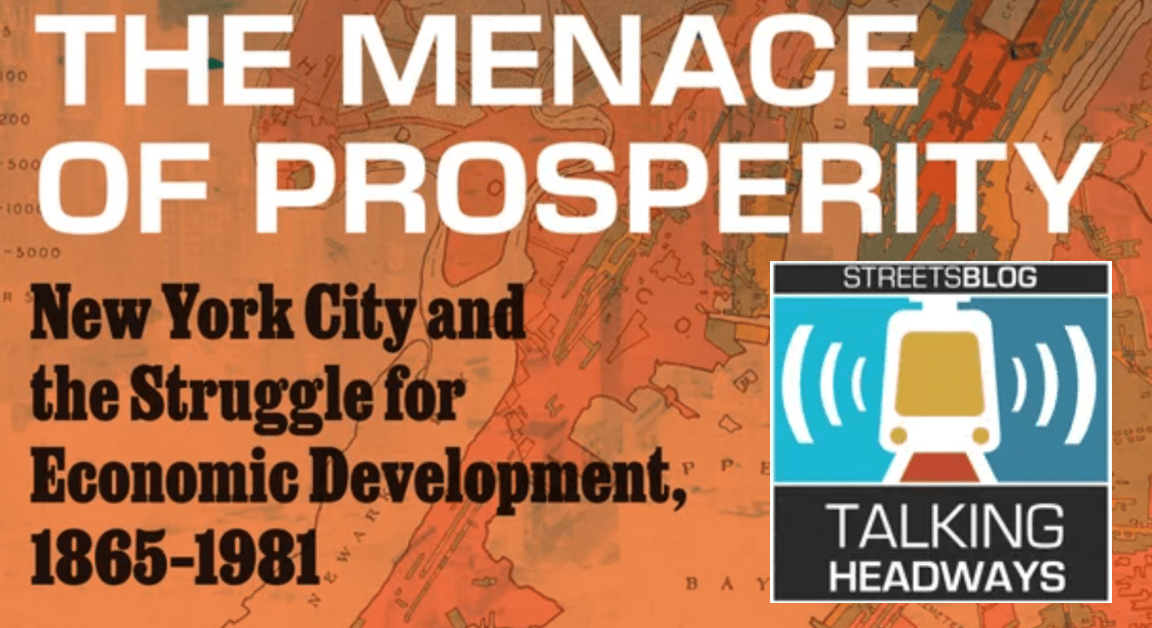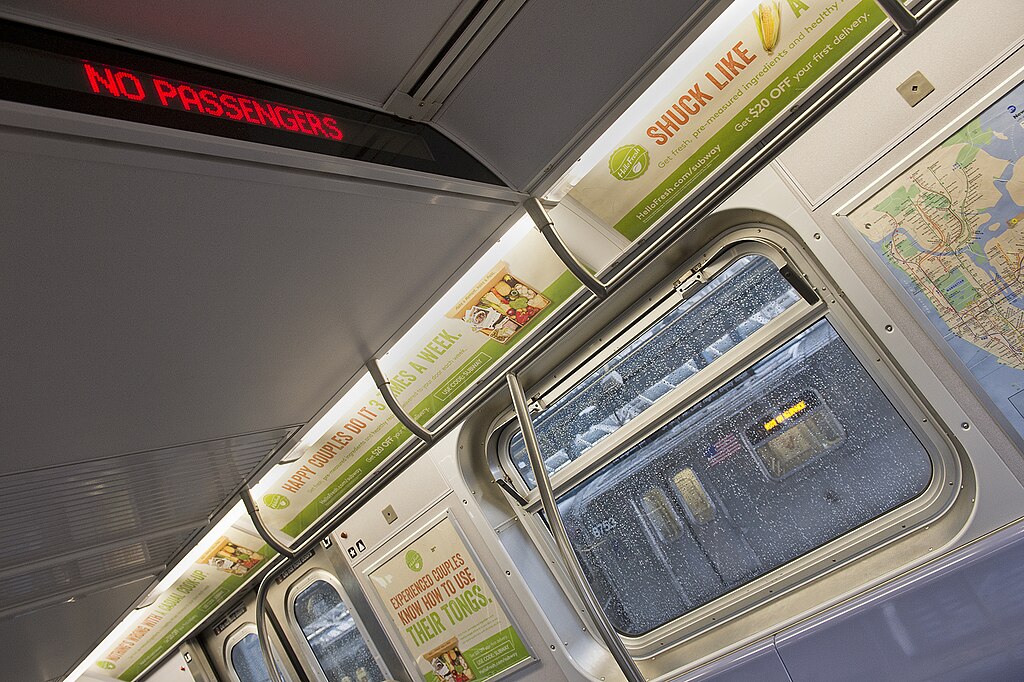All right dataheads, this is what you've been waiting for. Wondering about bicycle mode share in your state? Of course you are. Dying to find numbers on the ratio of male to female cyclists, government spending on bike infrastructure, and traffic fatalities? We knew you were.
And so, apparently, was Kory Northrop, a master’s student in the Environmental Studies program at the University of Oregon studying GIS and bicycle transportation. He put this map together to show cycling advocates how they're doing. (Click here for a larger version.)
The male-female ratio is no trivial factoid. Women are considered an "indicator species" for cycling. When the conditions are right, female cyclists multiply. When urban biking feels like a game of Pole Position, the ladies tend to find other modes.
The map highlights some other nuances in bike stats, like the fact that, while Montana and Colorado don't have any cities that make it into the top 10 for bicycling, they're two of only four states (and the District of Columbia!) with bicycle mode share above 1.2 percent.
Thanks to the League of American Bicyclists for bringing the map to our attention.






